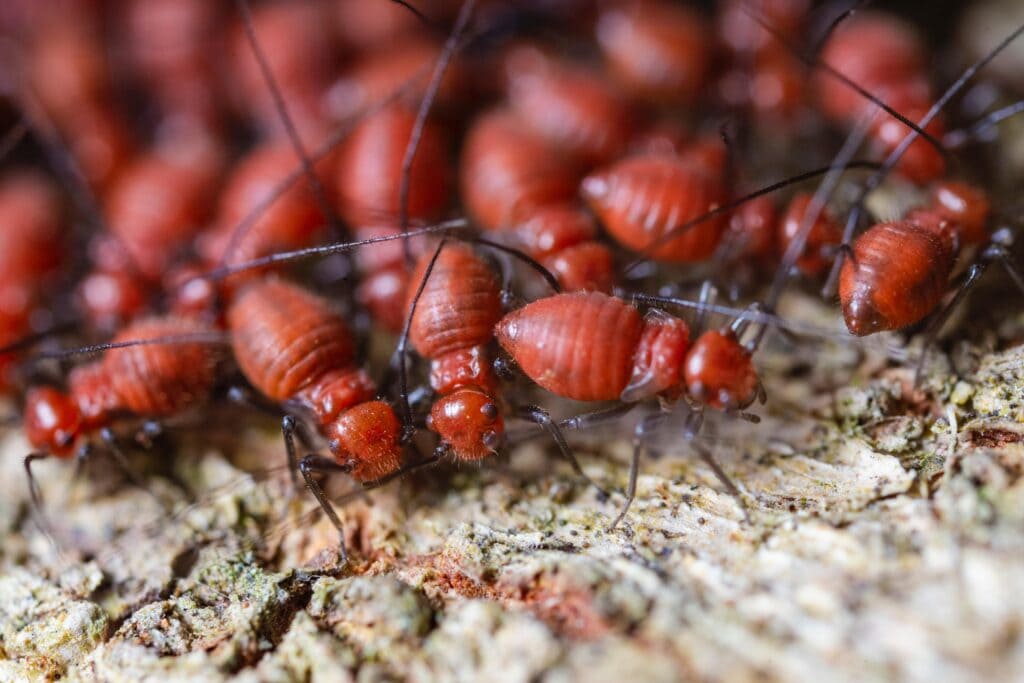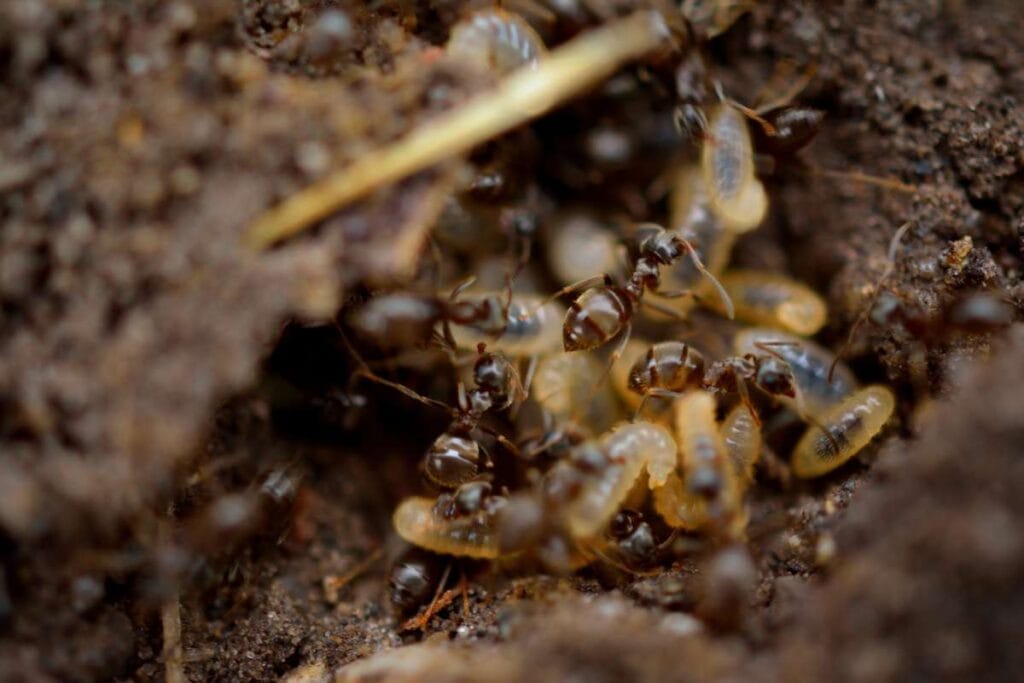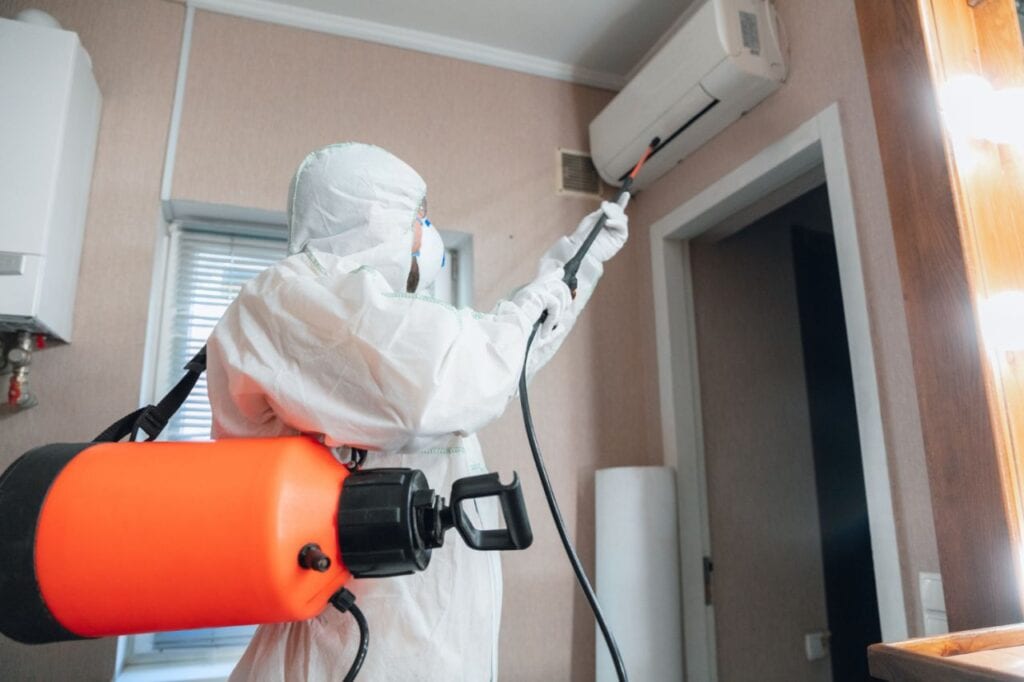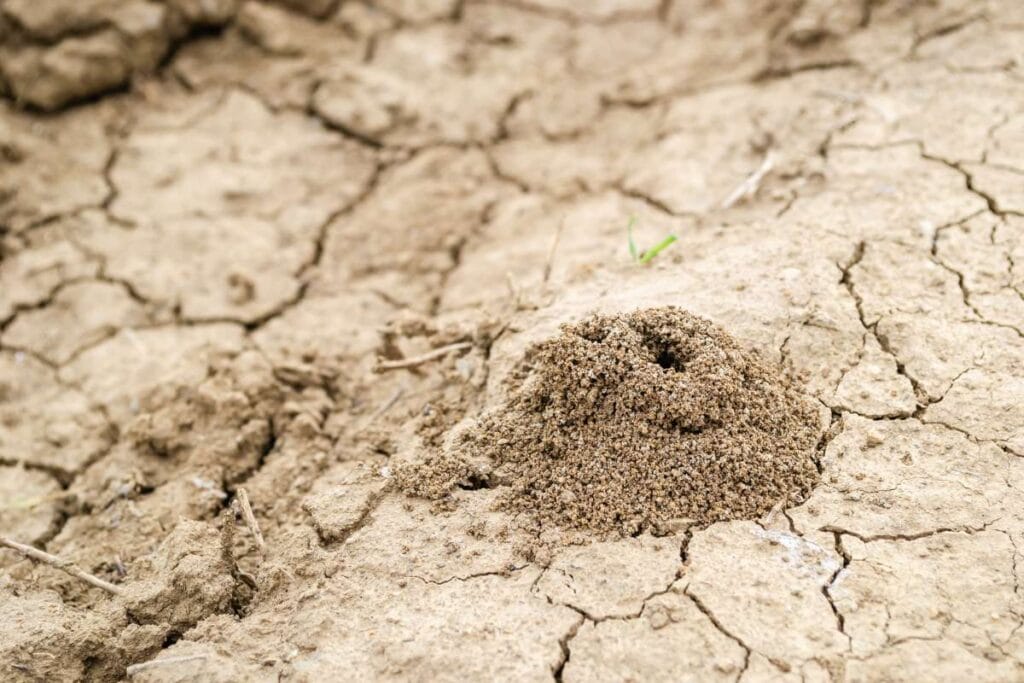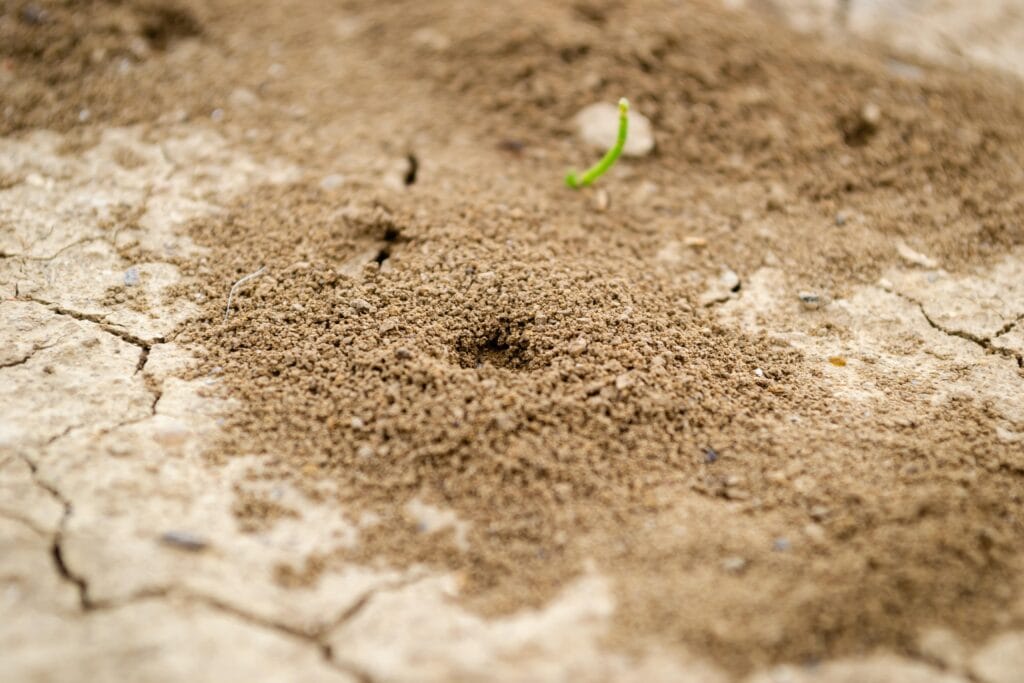When neglected, termites, sometimes known as the silent destroyers, have the potential to wreak havoc on your property and do significant damage. Proper treatment is essential when protecting your house from termites; nevertheless, homeowners frequently wonder whether termites might return after treatment has been completed.
In this detailed guide, we explore the complexities of termite behaviour, treatment efficacy, and potential factors that impact the recurrence of these harmful pests.
After Treatment, Will You See Termites Again?
Since you are a homeowner, you most likely anticipate that termite treatment will provide you with long-term protection against the occurrence of another infestation; nevertheless, this is not the case. Termites can find a way back into your home even after fumigation, provided a barrier is not constructed to deter their return.
Additionally, termite prevention is ongoing because it may be necessary to demand continuing maintenance and treatments to help keep these pests from entering your home. For this reason, you should continue to maintain your relationship with the pest control business of your choice to guarantee protection throughout the entire year for the most effective results.
Termite Treatment Efficacy
Various termite control options are available, including baiting systems and liquid termiticides. Whether termites can recover is highly dependent on how well these treatments work.
Termite Baits
Termite baits are exactly what they sound like baits used to catch termites. Baiting for termites is a preventative measure and an elimination strategy.
The termiticide-treated cellulose termite baits typically used in this procedure are buried around the property. Although termites that come into touch with the baits consume the cellulose treated with termiticide, this does not result in their immediate demise. Returning to their colonies, they spread disease to the other termites. This is how termite baits work; they may wipe out a whole colony.
Termite baits require constant monitoring, although the process takes only a few months. Typically, you'll have to replenish or change the baits once a year. Additionally, subsequent infestations can be averted when the baits maintain their effectiveness.
Termite Fumigation
Fumigation or termite tenting is the best way to eliminate a serious and extensive termite infestation in dry wood. Infestation severity and property size determine the estimated fumigation duration, ranging from one to three days. Everyone living there must leave immediately until the treatment is complete and the gas levels are safe.
Fumigation would include pumping termiticide gas into the property, which would be completely shut off from the outside world. The termite infestation will be completely eradicated to the fullest extent possible thanks to this gas, penetrating even the most minute fractures in the structure.
Fumigation can have an impact for up to five years, but it works best when combined with termite baits and other preventative measures. This is because termite fumigation is ineffective in preventing further infestations. The effects will remain longer if you inspect for termites often and treat them to prevent them.
Heat Termite Treatment
One termite control method is heat treatment, which involves subjecting the pests to extremely high temperatures to kill them. Typically, the temperature is between 120 and 150 degrees Fahrenheit for 35 to 40 minutes. When subjected to such high temperatures, termites and their eggs perish.
Heat treatment is an option for those who are hesitant to undergo fumigation. However, there are several things to consider, such as the house's insulation, the building materials, and more.
Unless combined with preventative treatments, this treatment is the most effective method for eradicating an existing dry wood termite infestation; nevertheless, it does not effectively safeguard the property from future infestations.
Liquid Termite Treatment
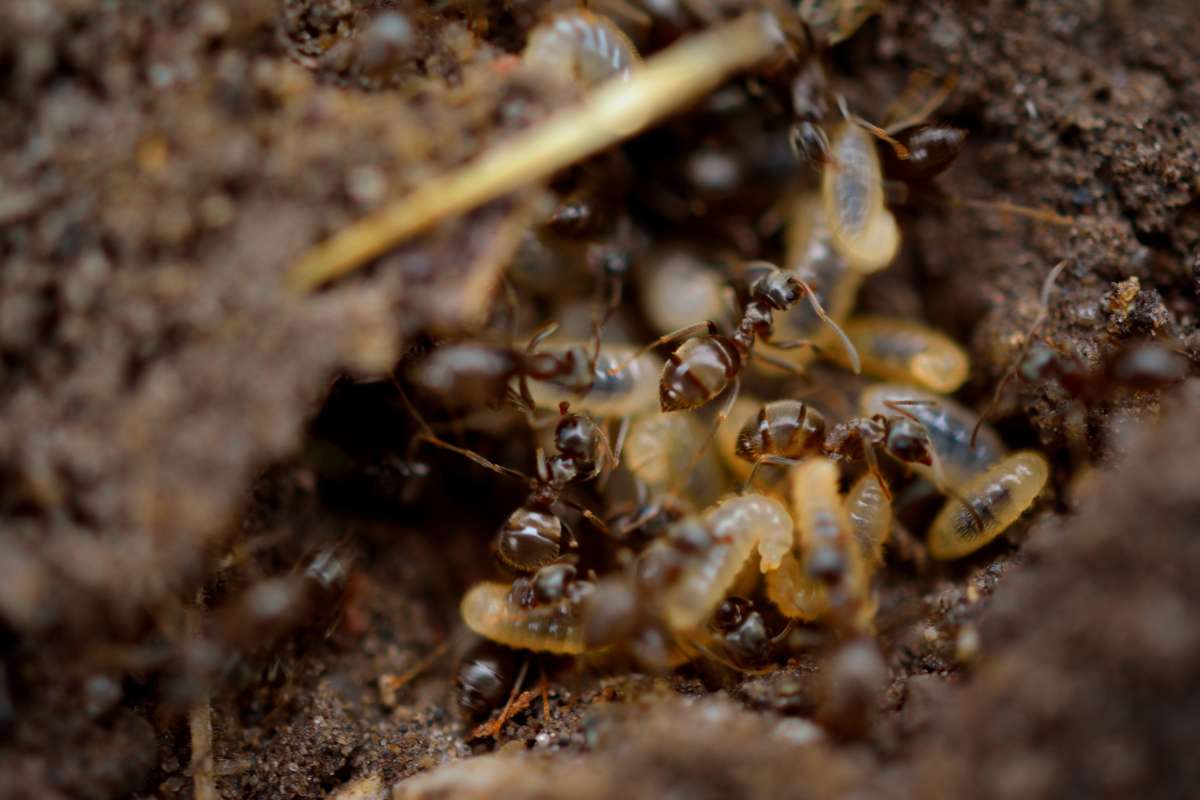
A trench is dug around your property, and the trench is filled with soil soaked in liquid termiticides. This method can be utilised. Termites won't be able to get into your property because of this chemical barrier. Preventing and eliminating a termite infestation on the ground is much easier using this strategy.
The typical lifespan of a liquid termite treatment is five years, but it is important to check for termites every month to ensure that the chemical barrier is not broken.
Additional variables that affect how long the liquid treatment lasts include the quality of the termiticide used, the degree of the infestation, the method of chemical application, and the local environmental conditions.
Factors Influencing The Return Of Termites
Several variables can lead to the recurrence of termites even after treatment has been completed. It is essential for homeowners who are looking for long-term defence against these sneaky pests to be aware of these components.
Environmental Conditions
Termites are likelier to infest areas with high humidity because they provide an excellent breeding environment. Not only does standing water make these pests more likely to survive, but it also makes termite treatments far less effective. Termites can thrive in the wet environment, which could make treatment less effective.
In addition to being a magnet for termites, places high in moisture make it difficult to construct a strong barrier using treatments such as liquid termiticides. It is crucial to address and manage moisture to reduce the appeal of termites and guarantee the long-term effectiveness of pest control measures.
The Termite's Type
Regarding termites, the desert subterranean termite is the most common pest in the Valley homes. The name says it all: this termite usually burrows into your house from the ground up. When termites encounter a concrete foundation slab, they will build mud tubes to access the wood frame, providing them with food in the future.
On the other hand, underground termites have no fear of heights and often make their way into attics, where they construct mud tubes between beams and munch away in relative peace.
The presence of mud tubes should prompt you to contact the professionals for a no-cost termite assessment. The most damaging termite species is the desert subterranean termite. They pose a significant threat because of their abundance and relative ease with which they can enter the house. With our no-cost termite inspection, we can find out where the pests are getting in and what kind of termite they are.
The Warranty On Termites
While the homeowner's choice is yours, we stand by our 5-year warranty as the longest available option. Termites are infamous for re-infesting; thus, this is crucial. Even after our first treatment eradicated the infestation, termites of various species, including desert subterranean termites, can be attracted to your property and try to re-infest in subsequent years.
The standard guarantee period is one year, but you can extend it to five years if desired. You may rest easy for the next six years, knowing that we will return to remove any termites that may appear.
Incomplete Treatment
When termite treatments aren't done right or finished, termites can find a way back in. The treatment's efficacy is compromised when there are gaps in protection, which allows these hardy pests to reappear. Thorough and frequent inspections are crucial to strengthen defences against termite comeback.
It is possible to intervene strategically if any shortcomings are identified quickly. Relying on treatments becomes a preventative step by filling in the cracks and strengthening the barrier against termites. The fight against termites is far from over, so homeowners need to be on the lookout for signs of trouble and take preventative measures to keep their homes safe.
Your House's Size And Foundation
The treatment for termites must be comprehensive, unlike the treatment for various other pests. Trenching the perimeter of the house's foundation is often necessary to prevent termites from getting in or re-infesting. Because of this, the treatment quote could vary depending on the square footage and number of stories in your home.
In addition to the age of your property, the type of foundation you have might affect the treatment required and the estimate we provide. Termites have two main entry points: the exterior of the foundation and plumbing cracks beneath the slab. Cracks in the foundation might also serve as a covert access point for termites.
The Extent Of The Infestation
An infestation for a longer period is more difficult and frequently more expensive than a relatively recent termite breach into your house identified early by a vigilant homeowner. For the former, it may be as simple as applying a termiticide to eradicate the current colony and taking a few simple precautions to avoid a re-infestation. Damage caused by termites to your property and its consequences and the need for more extensive treatment and a programme to avoid reinfestation may become apparent after an infestation has persisted.
Once again, it would help if you began with our free inspection. Their technician can give you a clearer concept of what to expect if they uncover termites or indications of their activity. They can assess the relative size and extent of the infestation.
How Soon Can Termites Return After Treatment?
Termite swarms may continue for up to four weeks after the treatment. The purpose of using termiticide is to eliminate the termite colony by killing its workers and other caste members, thus weakening the colony and finally eradicating it.
Homeowners should constantly be alert for any indications of termite activity since termites can inflict significant damage to a house. Several factors, including the termiticide type, the area's ecology, and the density of termites, determine how long an infestation of termites can endure, ranging from a few days to a few weeks.
Depending on the seriousness of the infestation, termite treatments can continue for two to eight years. Wooden structures, once treated, can endure for generations. If an infestation is underway, search for swarmers and any signs of living termites. Another sign of a dormant termite attack is mud tubes that have been broken or not restored. Homeowners may protect their properties from termites by being aware of the signs of these pests and taking the appropriate measures.
Do Termites Always Go Back To The Same Spot?
If termites find it useful, they may return to the same spot on your property to continue reaping its benefits. If the ground outside your home touches the wooden structure within, they can get back in if they've already been in.
Your home is easy prey for termites, one of the most destructive bugs. While they may not always be obvious, they can swiftly inflict substantial harm and are not always easy to spot in the early stages. After termites have invaded your home, you could make the situation worse by disturbing them.
The termites will leave the area if they feel threatened but return later to do more damage. To prevent termite damage, it is essential to notice any indications of an infestation promptly. Compared to other pests, such as ants and beetles, termites are never seen wandering around.
Their ability to ingest wood from the inside out allows them to conceal themselves in soil and the wood itself. For that reason, mud tunnels and frass, which are telltale indicators of their presence, are hard to spot. Preventing termite infestations requires taking preventive measures. Inspect your home frequently and contact a pest control service if you see any signs of termites.
Frequently Asked Questions
Baiting systems can be highly effective when strategically placed and monitored. Termites feed on the bait and carry it back to the colony, eliminating the entire population. Proper installation and regular monitoring are crucial for success.
Wood treatments involve applying termiticides directly to wooden elements. This is a preventive measure and eradicates existing termite colonies within the wood. Regular inspections and reapplication are essential for continued protection.
Termites may return if the initial treatment is incomplete, environmental conditions are conducive to their activity, or new infestations occur. Vigilance, thorough treatments, and addressing conducive conditions are key to preventing recurrence.
Long-term protection involves regular professional inspections, addressing moisture issues, and engaging in maintenance plans with reputable pest control services. Proactive measures and ongoing vigilance are essential for termite prevention.
Yes, there is always a risk of new termite infestations. Termites can establish new colonies, emphasising the need for ongoing vigilance, routine inspections, and preventive measures to safeguard against potential threats.


